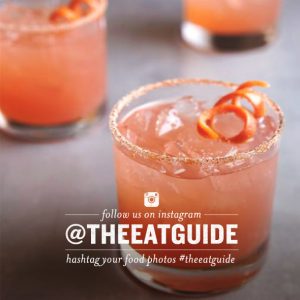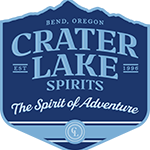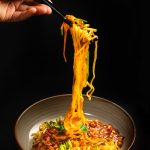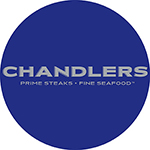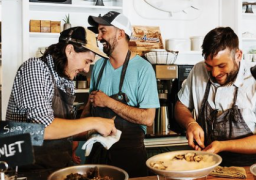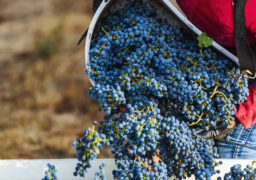August is here, and it is the best time to visit Napa Valley. August to October is Napa Valley's peak tourist season and also the region's harvest season. But, regardless of when you plan your Napa vacation, you'll find plenty of things to do. And one of the most anticipated activities when you set your foot in Napa Valley, is wine tasting! Wineries in Napa Valley don't experience seasonal closures and are open year-round.
If this is your first time doing a wine tasting, here are some helpful tips for you!
Book an appointment
While most wineries are open for walk-in guests, it's always a good idea to book an appointment. Let us also consider booking a tasting due to COVID-19 restrictions that may still be in effect.
Tasting Fees
Most wineries have tasting fees ranging from $20 to $40 per person, but they can go as high as $100 or more. So be aware of additional fees if you decide to upgrade your tasting experience to include a tour, lunch, or dinner. Also, if you choose to take home a bottle of wine, some wineries are waving tasting fees.
Tasting experience
If this is your first time, here's a guide to help you with your wine tasting experience.
- See — Observe the color and clarity of the wine. Color can be affected by age, varietal, and barrel process.
- Swirl — Lightly twirl the stem of the glass, keeping the bottom of the glass on the table if you are worried about spilling. This allows some oxygen into the wine that will help its aromas open up.
- Sniff — Hold the glass a few inches from your nose, then let your nose drop into the glass. Older wines often have nuanced, subtle aromas that are difficult to identify. Don't worry if you can't always recognize a scent.
- Sip — Take a sip and let it linger in your mouth. Roll the wine around in your mouth, exposing it to all of your taste buds.
- Spit — Spit into a "dump bucket" if you don't want to get inebriated.
Here are some tasting terminologies you may bring before going to a wine tasting:
- Acidity — The tartness or crispness of a wine that makes your mouth salivate. Wines with no acidity are referred to as flat or flabby.
- Balanced — When all components of a wine - alcohol, acidity, sugars, and tannin - work in harmony.
- Body — The impression of weight on your palate - light, medium and full are standard body qualifiers.
- Breathe — The process of letting a wine open up via the introduction of air.
- Corked — Corked wine is a term for a wine that has become contaminated with cork taint. Corked wines smell and taste of damp, soggy, wet, or rotten cardboard.
- Full-bodied — A wine that is high in alcohol and flavors.
- Mouthfeel — How the wine feels on your palate - it can be silky, smooth, rough, chewy.
- Nose — The aromas and bouquets of a wine.
- Reserve — A primarily American term indicating a wine of higher quality, it has no legal meaning.
- Tannins — Extracted from grape seeds and skins, tannins taste astringent or chalky and add body and structure to the wine.



